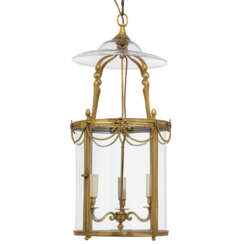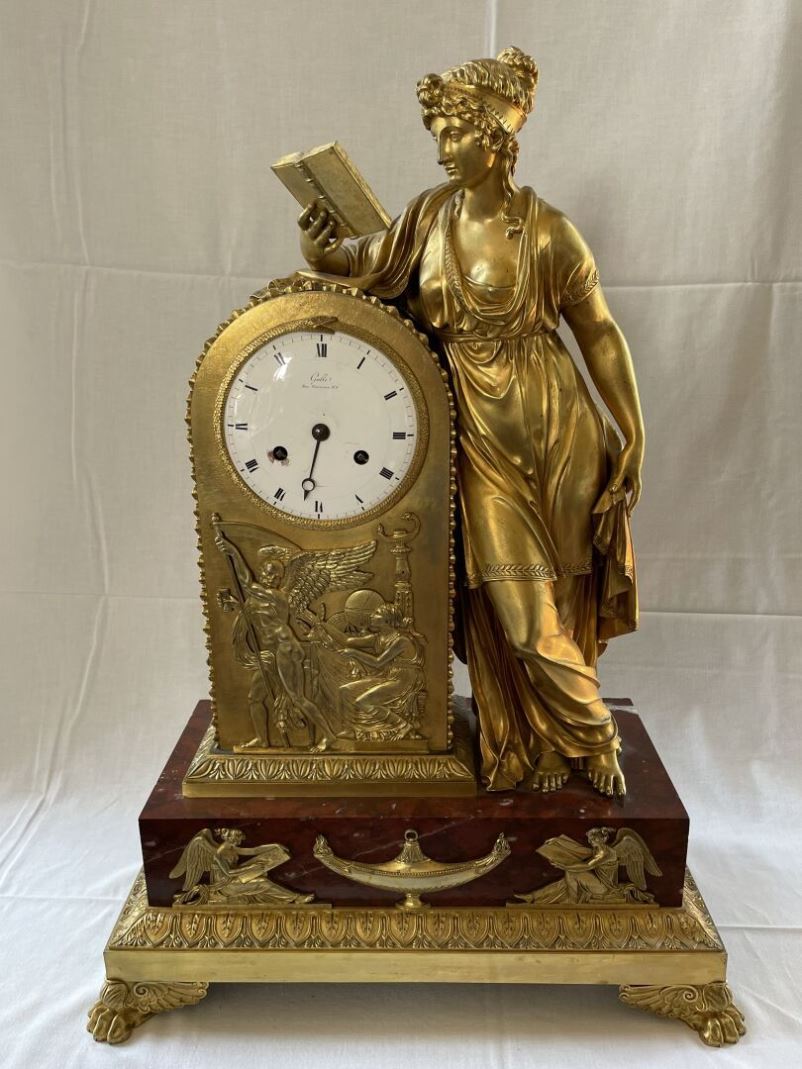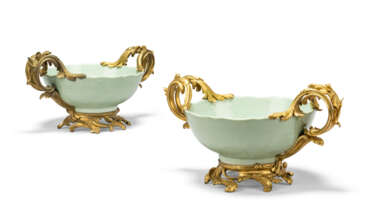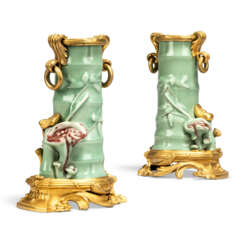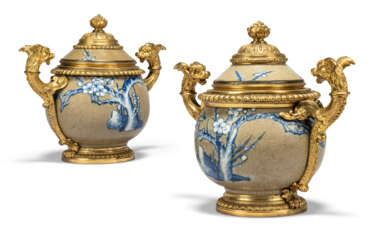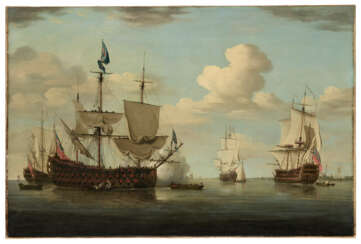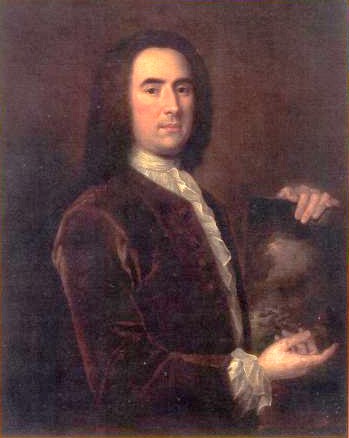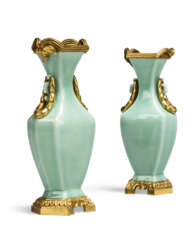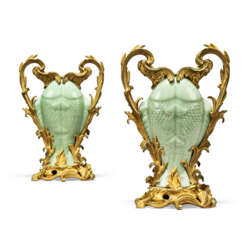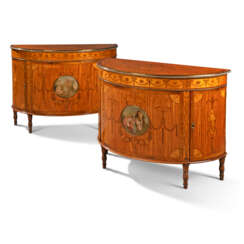
The Collection of Lord & Lady Weinstock
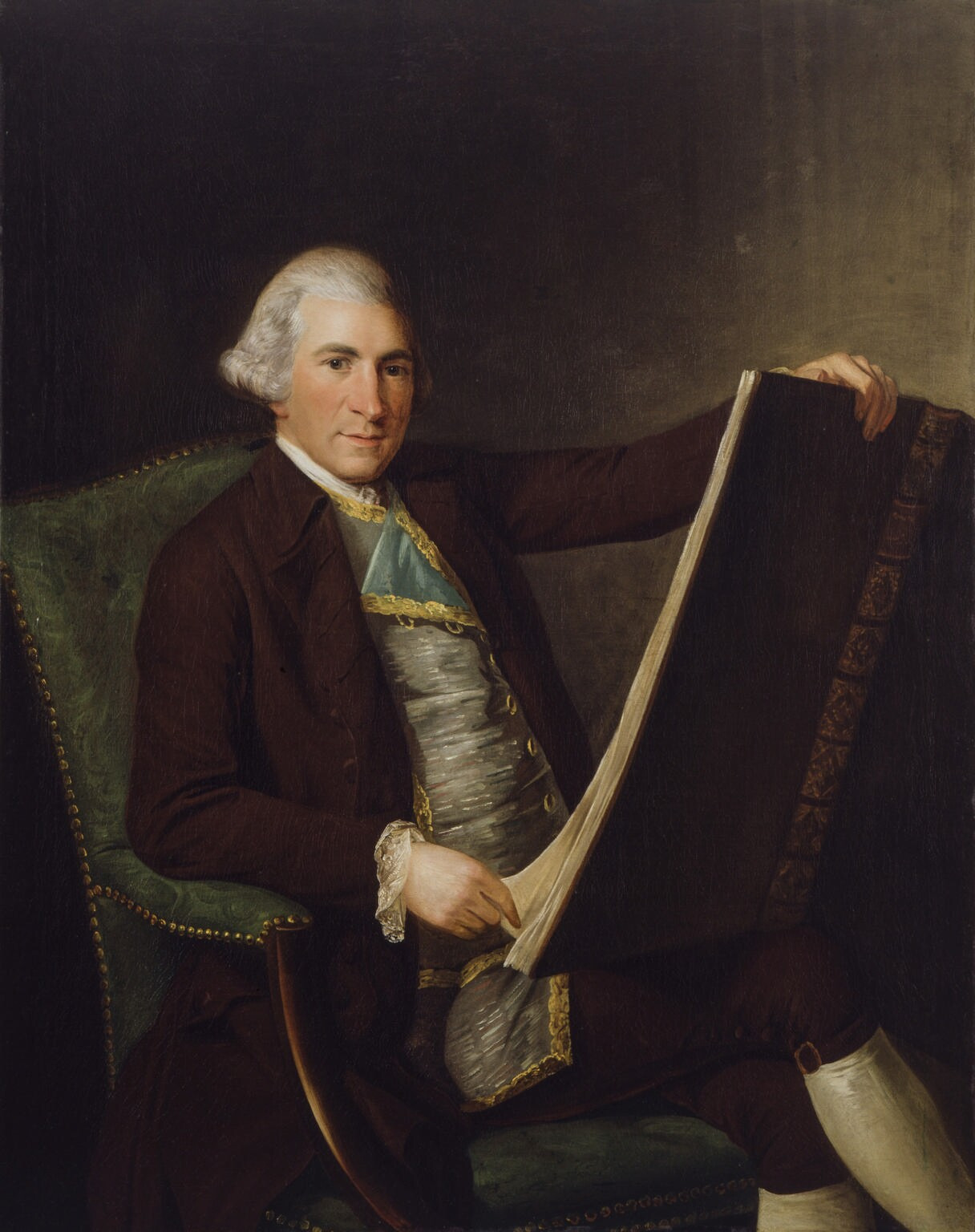
Robert Adam was a Scottish architect and interior designer, best known for his work during the Rococo and Neoclassical periods in Britain. He was born in 1728 in Kirkcauld, Scotland, and studied at the University of Edinburgh.
Adam began his career as an architect in 1754 and quickly became known for his innovative approaches to architecture and interior design. He developed his own style, which combined elements of rococo, classicism and antiquity.
He designed many buildings, including residences, palaces, churches, bridges and furniture. He also participated in designs for gardens and landscapes. One of Adam's best known projects is the Admiralty Building in London, built in the 1760s.
Adam was also known for his experiments with colour and form in interior design. He often used light colours, mirrors and mouldings to create larger and lighter spaces.
Robert Adam died in London in 1792, but his legacy continues to influence architecture and design in Britain and around the world.

Claude Joseph Vernet was a French painter.
Vernet's work draws on natural themes, but in a way that is neither sentimental or emotive. The overall effect of his style is wholly decorative.
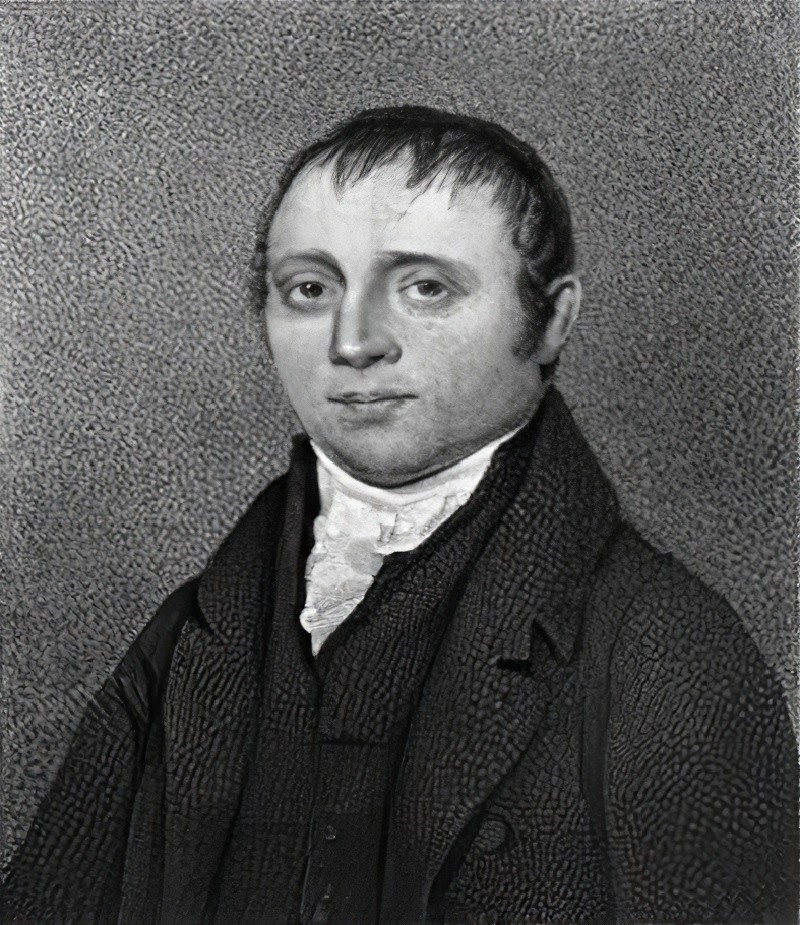
Edward Pritchett was a nineteenth-century English painter and man of mystery.
Little is known of Pritchett's life; he has appropriately been described as "elusive." Pritchett spent periods over three decades living and working in Venice, producing admirable views of the city; he was one of a group of English artists who produced notable records of the scenes of northern Italy, a group that included John Wharlton Bunney, James Holland, the brothers-in-law Luke Fildes and Henry Woods, and, in a later generation, William Logsdail.
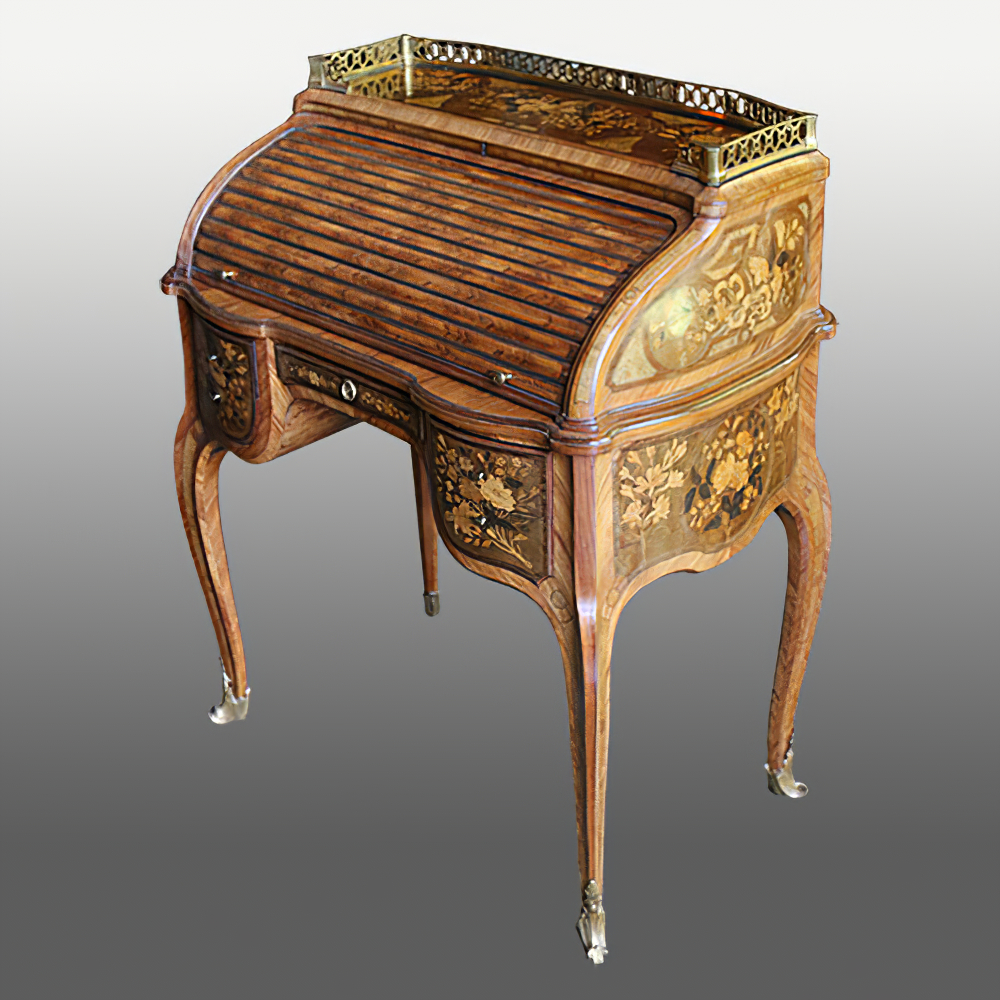
Jean-François Oeben, or Johann Franz Oeben, was a German ébéniste (cabinetmaker) whose career was spent in Paris. He was the maternal grandfather of the painter Eugène Delacroix.


